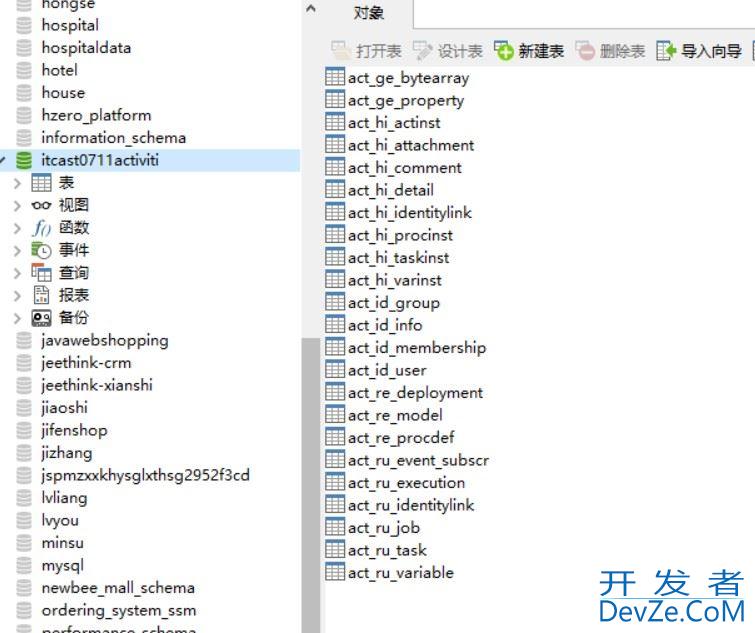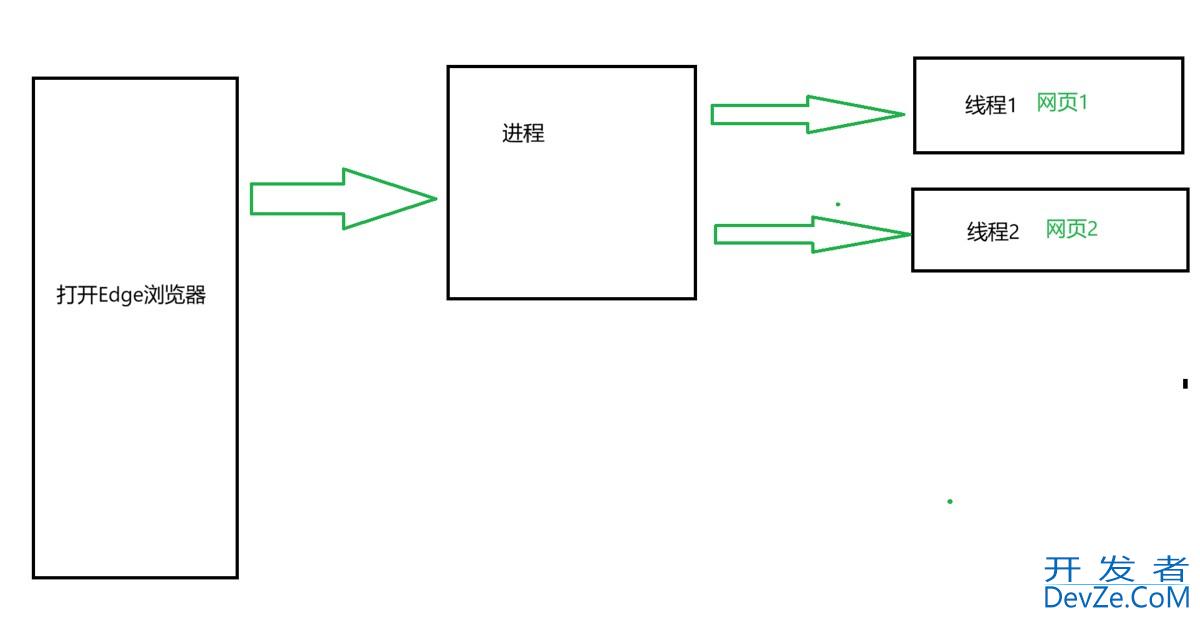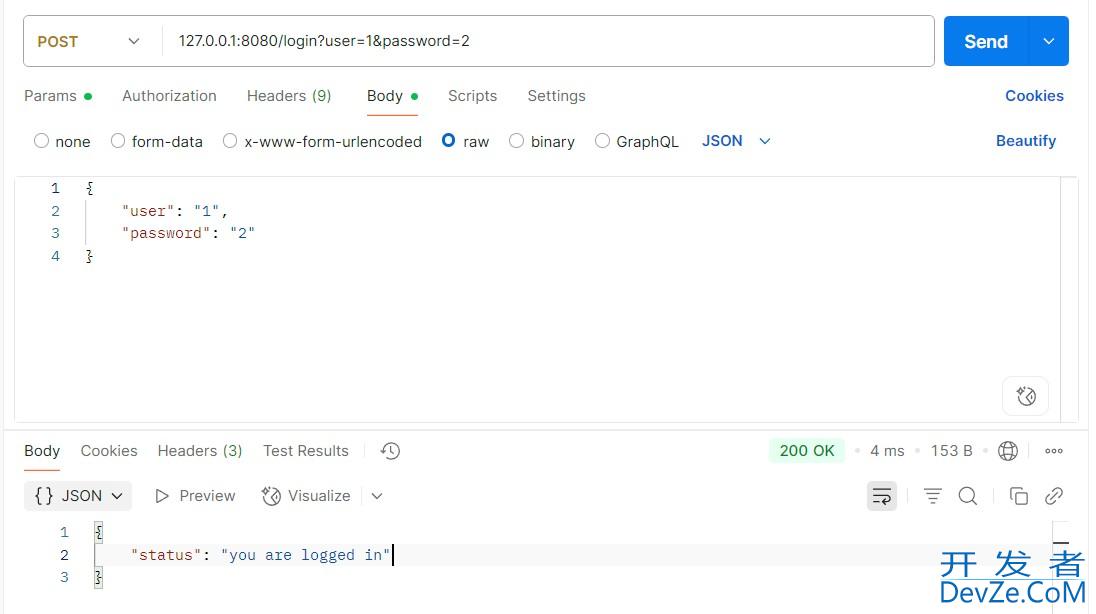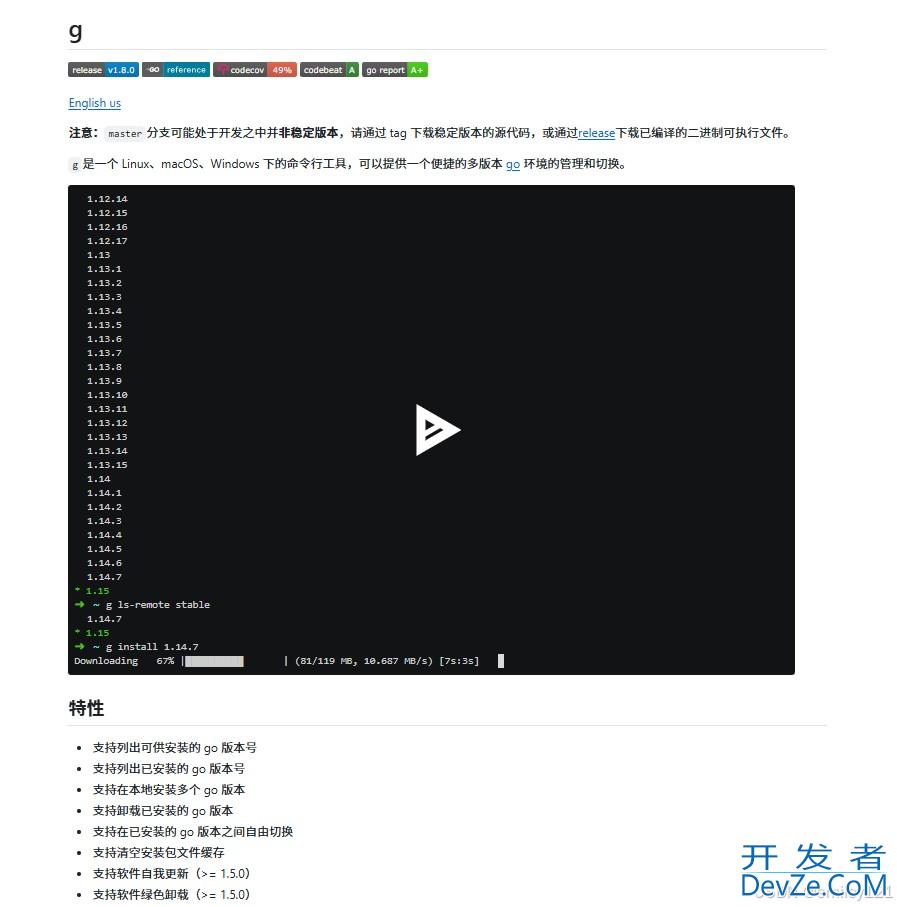目录
- Andriod事件分发的事件从何而来
- 调用WMS中的成员mInputManager
- 调用的mNative的方法
- 看看InputManager怎么初始化
- createInputChannel干了3件事
- 首先看下openInputChannelPair
- 回到createInputChannel中
Andriod事件分发的事件从何而来
上一篇最后留下了一个疑问,WMS的事件是哪里来的?
注册事件回调是通过mWindowsession.addToDisplayAsUser来实现的,这是一个Binder调用实际调用的是frameworks/base/services/core/Java/com/android/server/wm/Session.java这个类。
//frameworks/base/services/core/java/com/android/server/wm/Session.java
@Override
public int addToDisplayAsUser(IWindow window, WindowManager.LayoutParams attrs,
int viewVisibility, int displayId, int userId, InsetsVisibilities requestedVisibilities,
InputChannel outInputChannel, InsetsState outInsetsState,
InsetsSourceControl[] outActiveControls, Rect outAttachedFrame,
float[] outSizeCompatScale) {
return mjsService.addwindow(this, window, attrs, viewVisibility, displayId, userId,
requestedVisibilities, outInputChannel, outInsetsState, outActiveControls,
outAttachedFrame, outSiz开发者_JS教程eCompatScale);
}
这里的mService就是WMS.调用的就是WMS的addWindow,addWindow方法很长,其中与事件相关的就两行
//frameworks/base/services/core/java/com/android/server/wm/WindowManagerService.java ...... final WindowState win = new WindowState(this, session, client, token, parentWindow,appOp[0], attrs, viewVisibility, session.mUid, userId,session.mCanAddInternalSystemWindow); win.openInputChannel(outInputChannel);
//frameworks/base/services/core/java/com/android/server/wm/WindowState.java
void openInputChannel(InputChannel outInputChannel) {
if (mInputChannel != null) {
throw new IllegalStateException("Window already has an input channel.");
}
String name = getName();
mInputChannel = mWmService.mInputManager.createInputChannel(name);
mInputChannelToken = mInputChannel.getToken();
mInputWindowHandle.setToken(mInputChannelToken);
mWmService.mInputToWindowMap.put(mInputChannelToken, this);
if (outInputChannel != null) {
//将native创建的InputChannel复制给参数outInputChannel
mInputChannel.copyTo(outInputChannel);
} else {
// If the window died visible, we setup a fake input channel, so that taps
// can still detected by input monitor channel, and we can relaunch the app.
// Create fake event receiver that simply reports all events as handled.
mDeadWindowEventReceiver = new DeadWindowEventReceiver(mInputChannel);
}
}
调用WMS中的成员mInputManager
调用了WMS中的成员mInputManager来注册了InputChannel,mInputManager是一个InputManagerService。
这下就对了,事件从InputManagerService中来很合理。
public InputChannel createInputChannel(String name) {
return mNative.createInputChannel(name);
}
调用的mNative的方法
这个对象是在InputManagerService创建的时候初始化的
public InputManagerService(Context context) {
this(new Injector(context, DisplayThread.get().getLooper()));
}
@VisibleForTesting
InputManagerService(Injector injector) {
// The static association map is Accessed by both java and native code, so it must be
// initialized before initializing the native service.
mStaticAssociations = loadStaticInputPortAssociations();
mContext = injector.getContext();
mHandler = new InputManagerHandler(injector.getLooper());
mNative = injector.getNativeService(this);
....
}
//frameworks/base/services/core/java/com/android/server/input/NativeInputManagerService.java
NativeInputManagerService getNativeService(InputManagerService service) {
return new NativeInputManagerService.NativeImpl(service, mContext, mLooper.getQueue());
}
最终返回的是一个NativeImpl实例。字面意思就知道了,这是一个Native方法的实现,createInputChannel来到了native层。
//frameworks/base/services/core/jni/com_android_server_input_InputManagerService.cpp
base::Result<std::unique_ptr<InputChannel>> NativeInputManager::createInputChannel(
const std::string& name) {
ATRACE_CALL();
return mInputManager->getDispatcher().createInputChannel(name);
}
调用了mInputManager的getDispatcher函数看名字就知道应该有个变量mDispatcher,查看mInputManager是怎么创建的可以发现是在NativeInputManager创建的时候初始化的
InputManager* im = new InputManager(this, this);
mInputManager = im;
看看InputManager怎么初始化
InputManager::InputManager(
const sp<InputReaderPolicyInterface>& readerPolicy,
const sp<InputDispatcherPolicyInterface>& dispatcherPolicy) {
mDispatcher = createInputDispatcher(dispatcherPolicy);
mClassifier = std::make_unique<InputClassifier>(*mDispatcher);
mblocker = std::make_unique<UnwantedInteractionBlocker>(*mClassifier);
mReader = createInputReader(readerPolicy, *mBlocker);
}
这里就出现了重要的两个类InputDispatcher和InputReader,createInputChanne方法l最终调用到了InputDispatcher中的createInputChannel。
//frameworks/native/services/inputflinger/dispatcher/InputDispatcher.cpp
Result<std::unique_ptr<InputChannel>> InputDispatcher::createInputChannel(const std::string& name) {
if (DEBUG_CHANNEL_CREATION) {
ALOGD("channel '%s' ~ createInputChannel", name.c_str());
}
std::unique_ptr<InputChannel> serverChannel;
std::unique_ptr<InputChannel> clientChannel;
//调用创建了一个serverChannel和一个clientChannel
status_t result = InputChannel::openInputChannelPair(name, serverChannel, clientChannel);
if (result) {
return base::Error(result) << "Failed to open input channel pair with name " << name;
}
{ // acquire lock
std::scoped_lock _l(mLock);
const sp<IBinder>& token = serverChannel->getConnectionToken();
int fd = serverChannel->getFd();
sp<Connection> connection =
new Connection(std::move(serverChannel), false /*monitor*/, mIdGenerator);
if (mConnectionsByToken.find(token) != mConnectionsByToken.end()) {
ALOGE("Created a new connection, but the token %p is already known", token.get());
}
mConnectionsByTokenphp.emplace(token, connection);
std::function<int(int events)> callback = std::bind(&InputDispatcher::handleReceiveCallback,
this, std::placeholders::_1, token);
mLooper->addFd(fd, 0, ALOOPER_EVENT_INPUT, new LooperEventCallback(callback), nullptr);
} // release lock
// Wake the looper because some connections have changed.
www.devze.com mLooper->wake();
return clientChannel;
}
createInputChannel干了3件事
- 首先使用openInputChannelPair创建了2个InputChannel,一个clientChannel和一个serverChannel
- 将serverChannel封装成connection,并放入成员变量mConnectionsByToken中管理,这样在事件python到来的时候就可以使用connection向客户端发送事件了
- 利用Looper持续监听serverChannel,事件处理的回调消息会就到InputDispatcher::handleReceiveCallback回调,最后把clientChannel返回给客户端,也就是最初在WMS中得到的InputChannel。
首先看下openInputChannelPair
//frameworks/native/libs/input/InputTransport.cpp
status_t InputChannel::openInputChannelPair(const std::string& name,
std::unique_ptr<InputChannel>& outServerChannel,
std::unique_ptr<InputChannel>& outClientChannel) {
int sockets[2];
//真正创建了socket
if (socketpair(AF_Unix, SOCK_SEQPACKET, 0, sockets)) {
status_t result = -errno;
ALOGE("channel '%s' ~ Could not create socket pair. errno=%s(%d)", name.c_str(),
strerror(errno), errno);
outServerChannel.reset();
outClientChannel.reset();
return result;
}
//设置了socket传输的大小为32k
int bufferSize = SOCKET_BUFFER_SIZE;
setsockopt(sockets[0], SOL_SOCKET, SO_SNDBUF, &bufferSize, sizeof(bufferSize));
setsockopt(sockets[0], SOL_SOCKET, SO_RCvbUF, &bufferSize, sizeof(bufferSize));
setsockopt(sockets[1], SOL_SOCKET, SO_SNDBUF, &bufferSize, sizeof(bufferSize));
setsockopt(sockets[1], SOL_SOCKET, SO_RCVBUF, &bufferSize, sizeof(bufferSize));
sp<IBinder> token = new BBinder();
std::string serverChannelName = name + " (server)";
android::base::unique_fd serverFd(sockets[0]);
outServerChannel = InputChannel::create(serverChannelName, std::move(serverFd), token);
std::string clientChannelName = name + " (client)";
android::base::unique_fd clientFd(sockets[1]);
outClientChannel = InputChannel::create(clientChannelName, std::move(clientFd), token);
return OK;
}
熟悉linux的话就知道socketpair创建了一对双向的socket,往socket[0]中写能从socket[1]读,反向也是一样,分别创建了outServerChannel和outClientChannel,两个InputChannel有着同一个BBinder作为token。
回到createInputChannel中
const sp<IBinder>& token = serverChannel->getConnectionToken();
int fd = serverChannel->getFd();//拿到socket fd
sp<Connection> connection =
new Connection(std::move(serverChannel), false /*monitor*/, mIdGenerator);
if (mConnectionsByToken.find(token) != mConnectionsByToken.end()) {
ALOGE("Created a new connection, but the token %p is already known", token.get());
}
mConnectionsByToken.emplace(token, connection);
std::function<inandroidt(int events)> callback = std::bind(&InputDispatcher::handleReceiveCallback,
this, std::placeholders::_1, token);
mLooper->addFd(fd, 0, ALOOPER_EVENT_INPUT, new LooperEventCallback(callback), nullptr);
这里将创建的serverChannel封装成了connection,同时用token作为key,存到了mConnectionsByToken中,这样就可以利用token来快速找到serverChannel封装的connection。最后监听serverChannel的fd,有事件时回调给InputDispatcher::handleReceiveCallback方法的最后把创建的clientChannel返回给了客户端,就是开头的WMS中。这样在WMS就也能通过clientChannel来获取事件了。
以上就是Android事件分发的事件由来原理分析的详细内容,更多关于Android事件分发事件由来的资料请关注我们其它相关文章!








 加载中,请稍侯......
加载中,请稍侯......
精彩评论